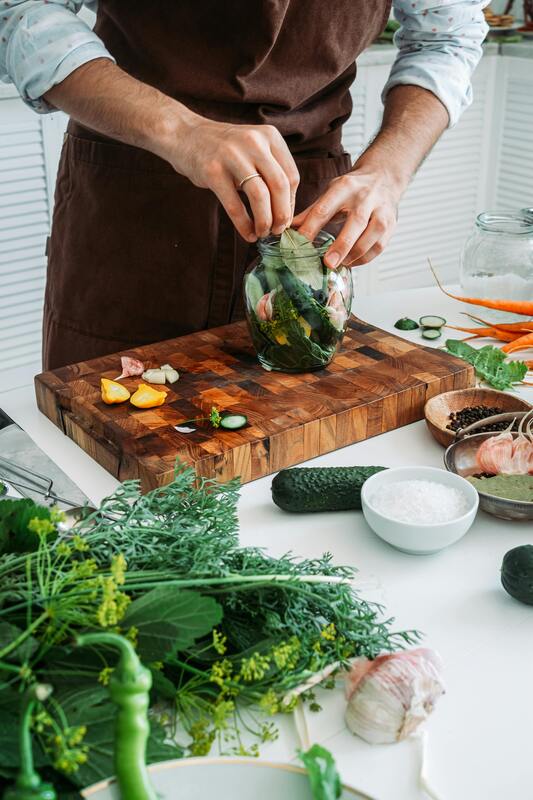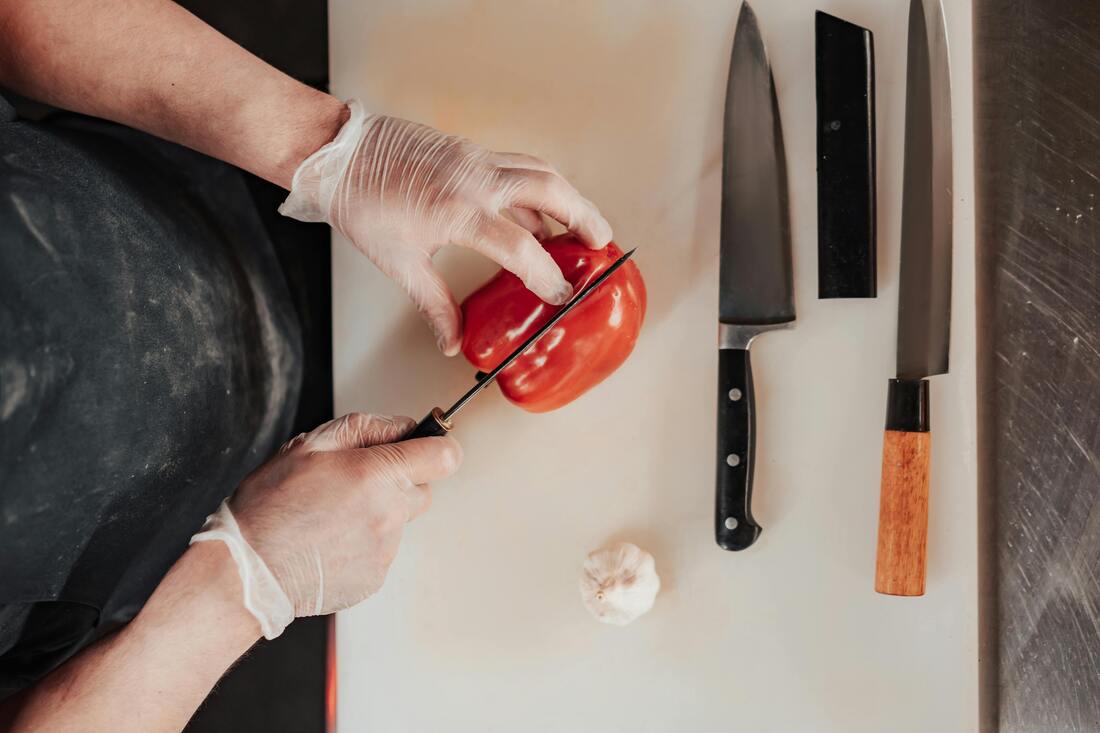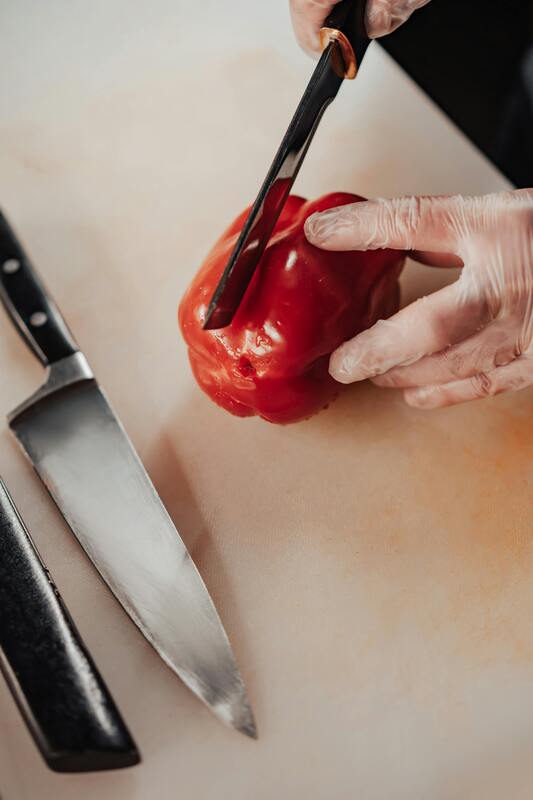|
CUTTING BOARDS
1. Types of Cutting Boards
|
Cutting Board Features
Cutting Board Care
Hygiene Tips
|
|
🔪 KITCHEN KNIVES
1. Essential Knife Types
|
Knife Blade Materials
Knife Construction
|
|
Knife Handles
Safety & Usage Tips
|



